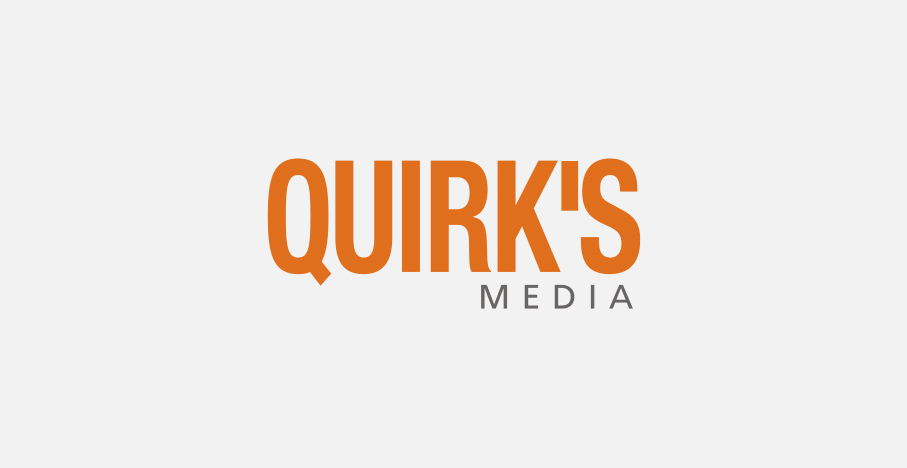Editor’s note: Lianna Willoughby is managing director at research firm Open Mind Strategy, New York.
Innovative technology in the market research industry is constantly generating new insights but whatever the industry may be gaining, clients insist that in-person focus groups are still an irreplaceable method for conducting research.
I help field both qualitative and quantitative research for clients who produce everything from TV programming to infant formula and time and again they remind me how powerful in-person focus groups can be. After completing projects, many clients mention how a memorable moment from a group changed a mind or validated an opinion that made a real difference for a department or entire organization. Though innovative research is often our focus as market researchers, I’m frequently reminded that good old focus groups generate some of the most insightful research anecdotes that help forge stronger consumer relationships, deepen our understanding of audiences or spark ideas and new thinking.
In addition to the obvious value focus groups can provide the back room, the following five strengths suggest that the in-person focus group will continue to earn its place among productive methodologies.
1. Consumer attention
These days, online focus groups and other forms of digital contact are often what comes to mind because they eliminate the need to leave the office and take travel costs out of the budget. Online forms of contact work but the level of consumer input declines.
What’s key about an in-person focus group is that it provides a space where people can actually, well, focus. In this tech-dominated, multitasking world, moderators get each individual’s full attention (without a phone) for two hours. Online groups are a great way to interact with people remotely but every person in an online group is multitasking. Often, the same is true of client viewers. Online focus groups can provide valuable results but they absolutely do not provide consumer focus.
2. Recruitment standards
Experience suggests that in-person focus group recruitment standards tend to be higher relative to other methodologies. The recruitment process includes actual voice-to-voice contact with potential respondents, not just via online surveys, and it’s possible to re-screen attendees in-person to avoid “professional” or dud respondents. This additional care often results in recruiting the most qualified participants – the people who can make a difference for brands.
3. Premium value
In-person focus groups rarely cost more than an online board and also provide premium value. It’s become a stereotype that online methodologies are more economical than in-person touchpoints but this is not always true. I have had clients confirm that the cost-to-value ratio for in-person focus groups – if the moderator and discussion guide are high-quality – is excellent.
Even when valuable data has been generated through research conducted online, some clients regret not budgeting for in-depth personal contact with consumers. For instance, after finalizing data analysis for a segmentation study, questions can emerge about the why behind the what – the essence of what brings audience profiles to life. In some cases, clients have opted for remote, digital interviews, which are useful but the understanding and true portraiture that comes via group discussion and/or in-home experience is inevitably richer. Seeing how people respond to what’s said by other consumers (from enthusiastic nodding to cynical eye-rolling), watching body language when they view an ad concept or experiencing what teens choose to eat during an in-home friendship discussion, adds a layer of understanding that remote interviewing cannot provide.
4. Human touch
There is no substitute for the human touch. When six to 10 strangers and a moderator enter a room, magic often ensues. The participant experience is special, with each session creating a personalized event (dependent, of course, on high-quality moderating). The conversational synergy and face-to-face interaction can be quite powerful.
Let’s look at a focus group example involving multiple generations. Each arrived with assumptions about the other – some accurate, others decidedly not. For instance, Gen X mothers with young children assumed Millennial moms were more permissive with technology. The opposite proved to be true. As they explained themselves to one another, learnings emerged that younger moms tended to remember the way they themselves had pushed boundaries when they were kids, prompting them to enforce strict rules. Gen X moms were more concerned about their children falling behind technologically if denied screen time, which made them more permissive. Both cohorts came to understand each other better and deeper insights into the similarities and differences of the generations emerged through their personal interactions.
5. Focus group innovation
Technology is not the only sphere in which innovation in research can occur. While high-tech methodologies are sometimes the best solution, there are other ways to keep focus groups fresh.
For example, in this age of consumer empowerment, why not structure groups to empower consumers? Collaborative groups, where participants take turns leading the discussion while a moderator keeps the process on track, can unlock not only people’s answers to questions but bring to light the questions they need answered to make a purchase.
Focus groups can also be combined with other methodologies, including high-tech tools such as facial recognition software. This can add second-by-second emotional data to the learnings from in-person discussions. In short, much can be done to bring innovation to focus groups while retaining their enduring benefits.
While one cannot dispute that online and quantitative methodologies are productive market research techniques, in-person focus groups remain a powerful tool for discovering the stories and insights that bring consumer audiences to life.
